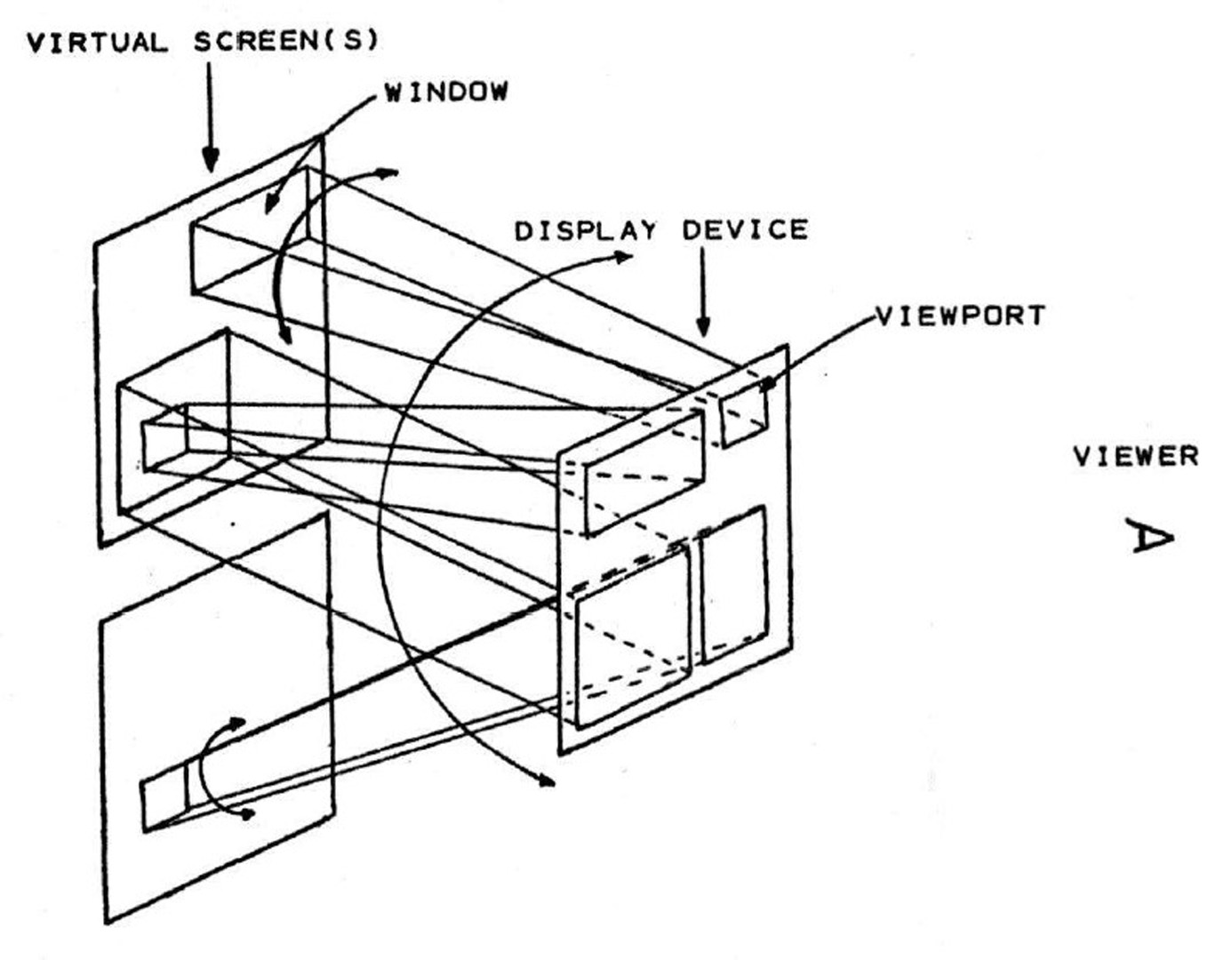“Device Independent Graphics Software: Is It Possible?” by Davis
Conference:
Type(s):
Title:
- Device Independent Graphics Software: Is It Possible?
Session/Category Title: Device Independent Graphics Session
Presenter(s)/Author(s):
Moderator(s):
Abstract:
Today there is an ever growing need (if not demand) for the development of a graphics software “standard”. Compatibility between different elements of the graphics industry has often been the issue of heated debate. Even the idea that any graphics standard would be premature and could stifle future design creativity is a highly argumentative issue. However, let us accept the premise that a graphics standard is to be derived and address the question of what considerations, methods, goäls, practical economics and human factorings should be included within the design of an ideally compatible passive/interactive device independent standard.
Before hierarchical languages such as EULER-G, LEAP, METAVISU, BCPL, etc. can be evaluated for standardization, a basic set of standard graphic “primitives” must be defined on which further evolutions of graphic applications and languages can be based. These primitives are the basic operators which will define the mode and capabilities of system operation. The “primitive standard” should then be the first issue of attack. Concepts such as extendibility, portability, upward compatibility and device independence must be critically interrogated so as not to limit the role of the primitive standard, or compromise the capabilities of future based software.
This paper will not attempt to answer the question it presents, but perhaps will provide some tangible elements with which to better assess the argumentative issues. Conclusions will therefore be left up to the reader. What is presented is a survey and evaluation of past and current techniques (i.e. potential goals, graph theory, system design, and human engineering) as assessed from practical observations and experience, and which lend themselves for consideration within the design of a primitive “standard” system. The conclusion of this paper projects a possible systems concept which has been drawn from techniques presented by several independent sources. Such a concept demonstrates perhaps, one potential answer for the “primitive standards” question.
References:
1. Sterling, T. D.: “Guidelines for Humanizing Computer Information Systems” Comm. ACM 7, 11 (Nov. 1974) pp609–613.
2. Nake, F and Rosenfeld, A (eds): Graphic Languages, North-Holland Publishing Co., 1972, pp271–283: Meads, J. “A Terminal Control System”.
3. Gallup, J.: “GRAPHX-11”, DECUS Proceedings – Fall 1973, DECUS, p195
4. Garner, W. R.: Tech Brief 73–10322 “Characteristics of FORTRAN”. Technology Utilization Office, NASA Langely Research Center. (LAR-11177, Oct. 1973).
5. Watkins, S. L.: “Masked Three-Dimensional Plot Program with Rotations” Comm. ACM 17, 9 (Sept. 1974) pp520–523




